#Saint of Mercy
Text

Saint Mary Faustina Kowalska
1905 - 1938
Feast day: October 5
Patron of Mercy
St. Maria Faustina Kowalska was born in Glogowiec, Poland in 1905. The third of ten children from a poor family, she had little formal education. After applying to various convents in Warsaw, she was finally accepted by the Congregation of the Sisters of Our Lady of Mercy in 1925. For years Saint Faustina received revelations and visits from Christ. On Good Friday 1937, Christ appeared to her and dictated to her the prayers that He wished her to pray in a novena from Good Friday through the Octave of Easter, now known as Divine Mercy Sunday. Saint Faustina died in 1938, in Krakow, Poland, of tuberculosis.
Prints, plaques & holy cards available for purchase here: (website)
51 notes
·
View notes
Text

Second & Seventh to serve the King Undying
#How do we still not know Cyth's Saint name#anyway needed to do these two to match Augustine and g#and tlt is helping to give me inspo i feel like i havent gotten any thing done lately#my idea for everyones heights is Augustine G1 Jod & Mercy are almost the same then Cyth#fanart#harrow the ninth#mercymorn#mercymorn the first#the locked tomb#cytherea the first#my art
920 notes
·
View notes
Text
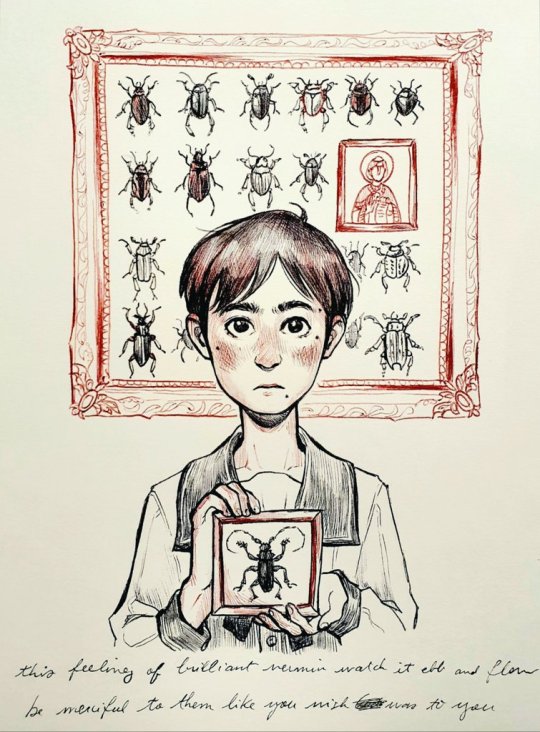

a theomachist in the face of a cruel god, or more reassuringly, something worse entirely
#pathologic#daniil dankovsky#мор утопия#bachelor dankovsky#my art#el bibi....#a wink if you can guess which saint i. tried. to draw.#all beetles from plates by Georgiy Jacobson in his “Жуки России и Западной Европы” 1905-1915 I know he would have it. I know this to be tru#the text (“this feeling of brilliant vermin watch it ebb and flow / be merciful to them like you wish [...] was to you”) is about him#knowing he was gay from a young age (~12) & not dealing with it Ideally in his (christian orthodox +#strict-masculinity-enforcing) household 🤧👍#<- To Me.........#bit embarrassing that I had this exact concept as a digital wip for 5 months now but it's seeing a cool beetle on my walk yesterday that#kicked me into making it become real..... the unthought benefits of touching grass: it makes wip be made.#everytime i have to color balance in the disgusting indoor light at night. well. gets on my nerves to put it lightly
886 notes
·
View notes
Text
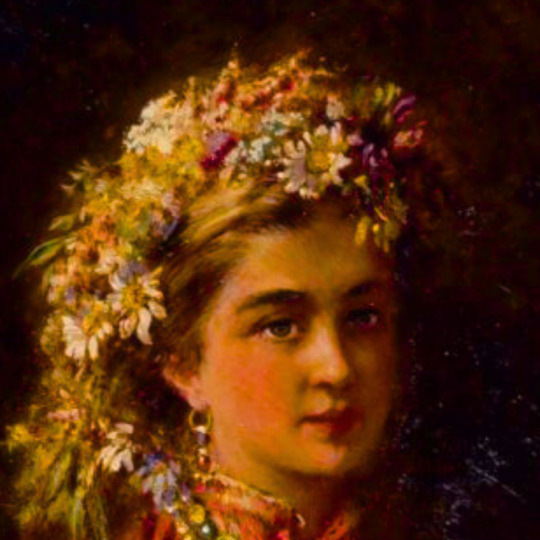



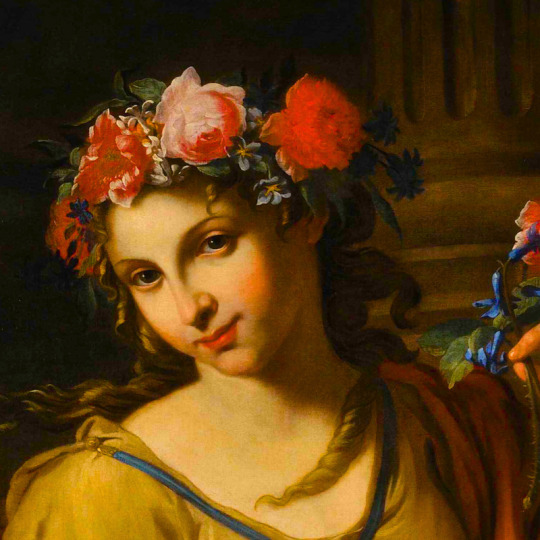
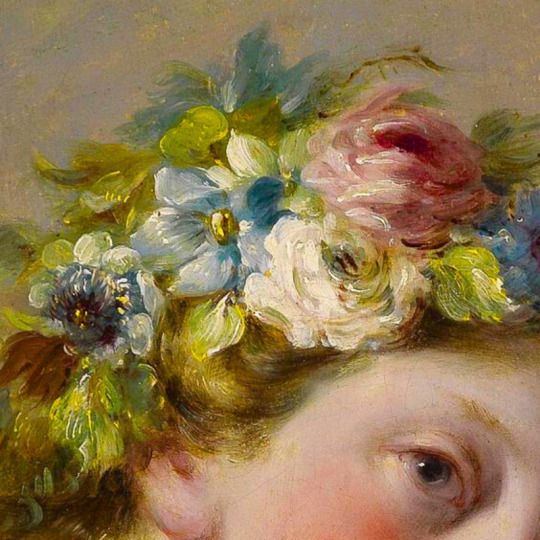
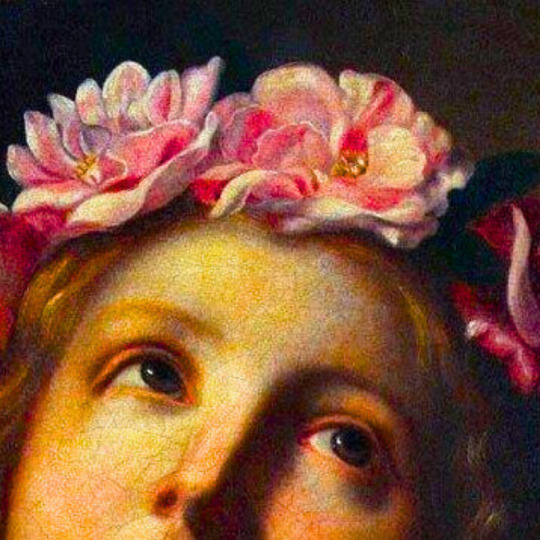
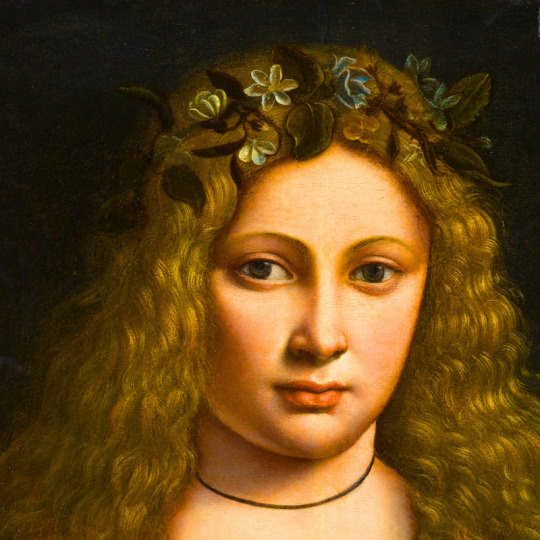
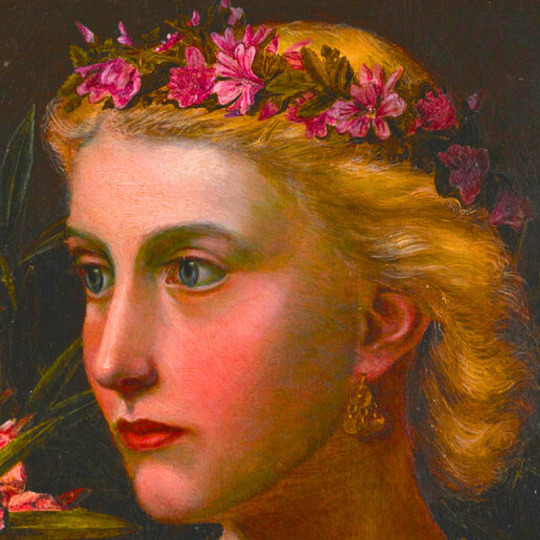

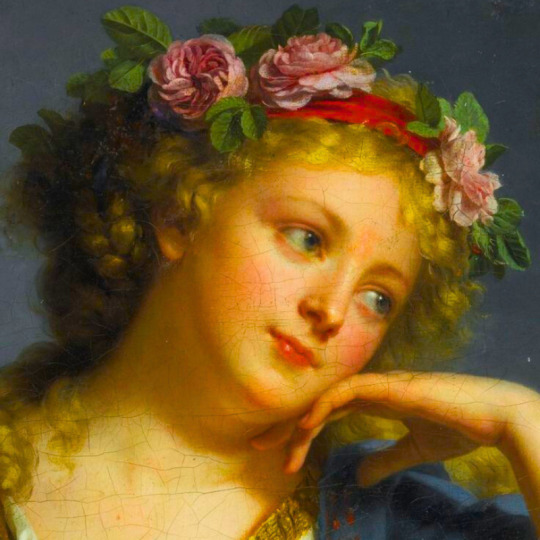

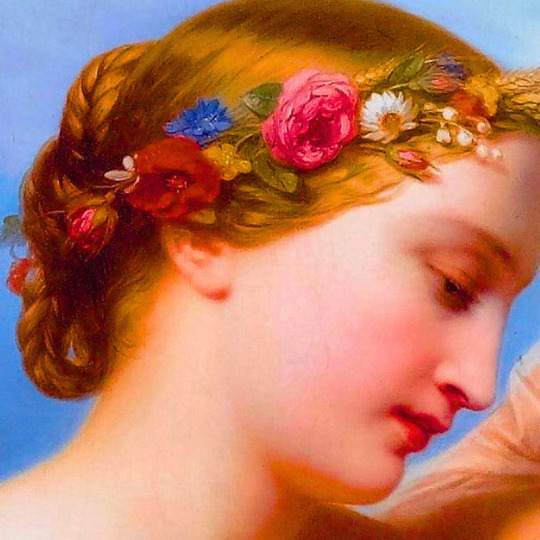
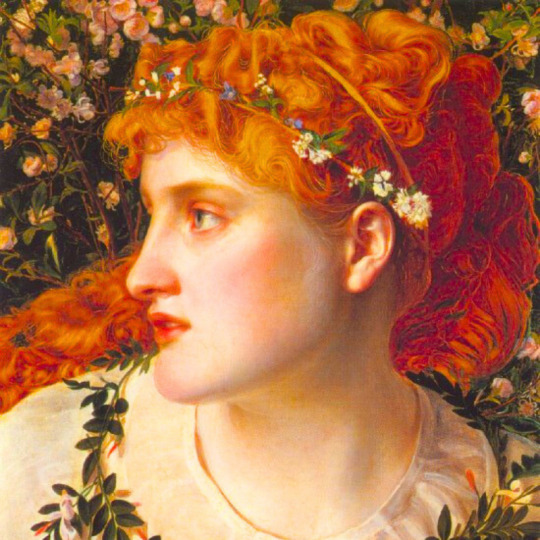

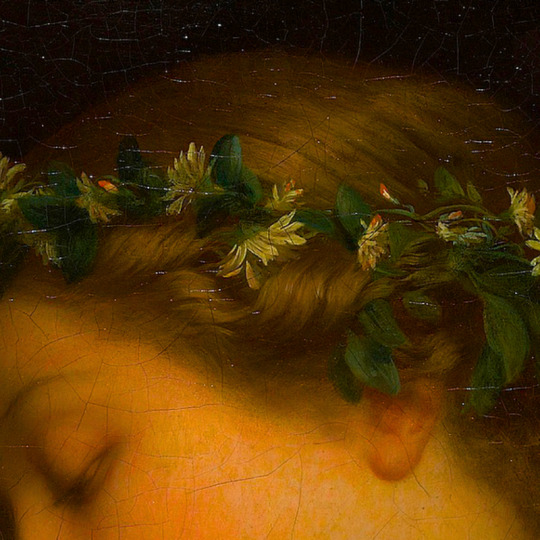


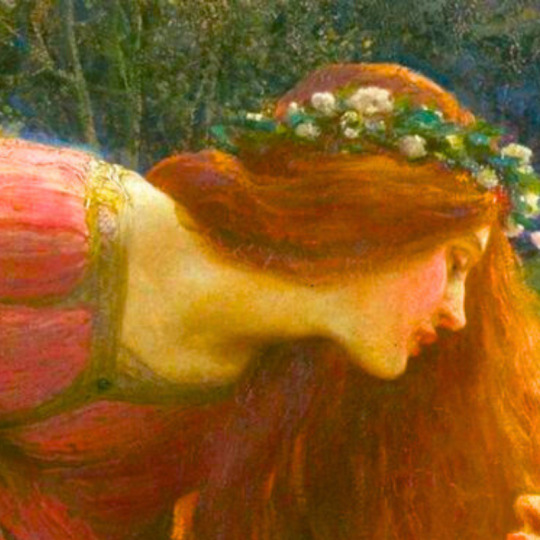

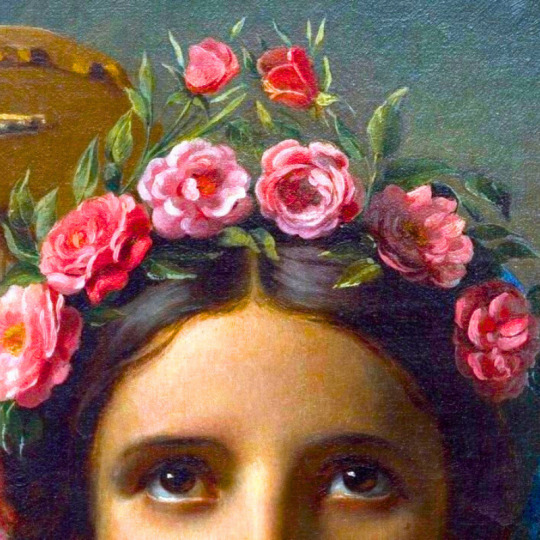
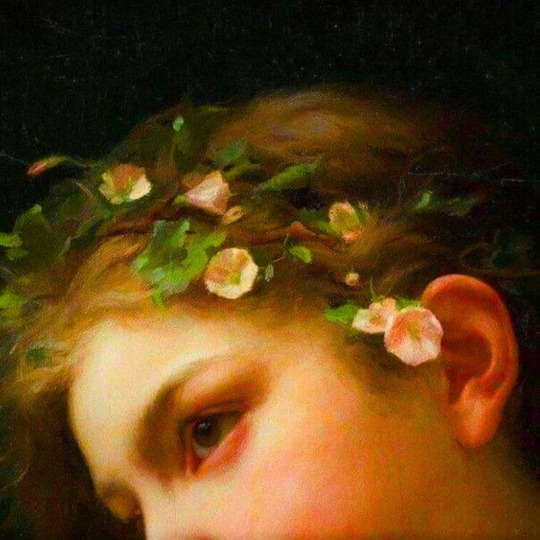
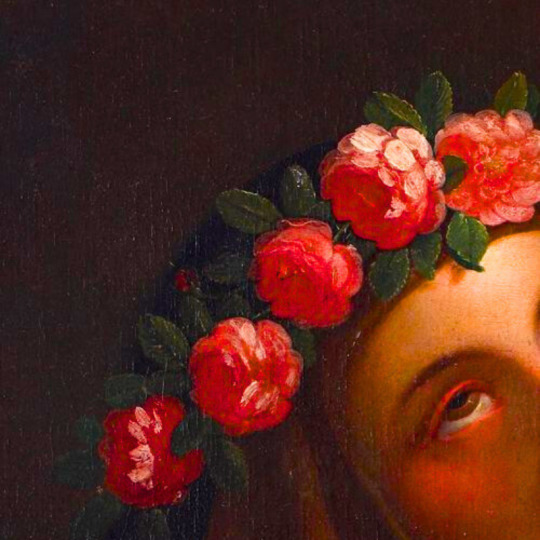




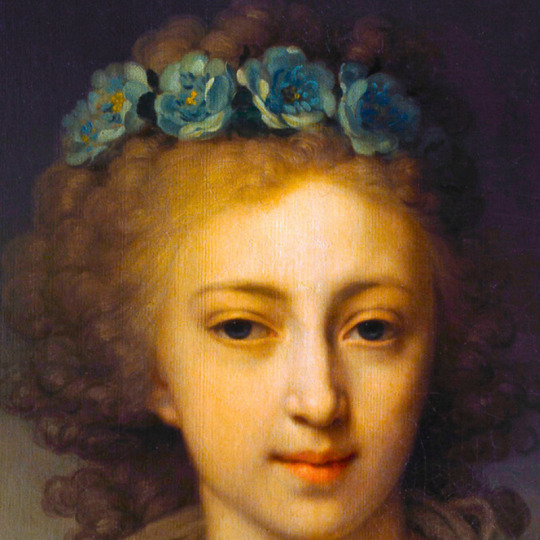
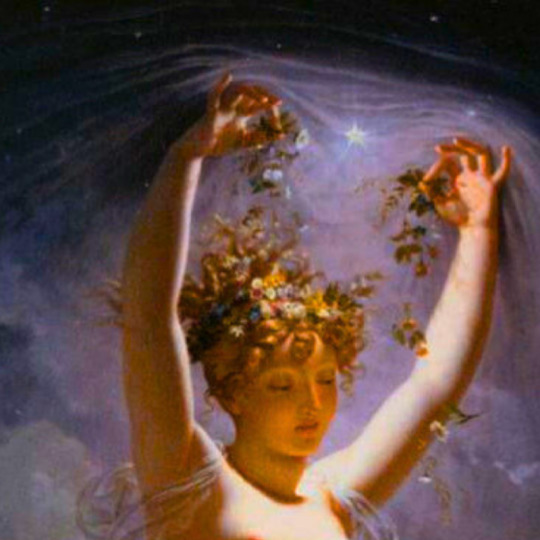

flower crowns + art
#young girl with a flower garland by unknown#flora by rembrandt#ophelia by beatrice offor#flora by pietro dandini#flora by antonio franchi#allegorie des sommers by giuseppe nogari#saint cecilia by onorio marinari#portrait of a youth crowned with flowers by giovanni antonio boltraffio#a saxon princess by emma sandys#i cant find who made this#a portrait of a woman by marie genevieve bouliard#an allegory of intelligence by cesare dandini#cant find the artist#perdita by frederick sandys#fanciulla con lilla by achille beltrame#girl guesses on camomile by charles landelle#the shepherdess by edward fredrick brewtnall#a nymph by blance paymal-amouroux#la belle dame sands merci by john william waterhouse#a girl wearing a garland of wild roses by george lawrence bulleid#saint cecilia of rome by francois-joseph navez#girl with a bouquet of daisies by jules-cyrille cave#saint rose of lima by jose del pozo#poynter by john edward barine#mother and child by eduard veith#pleasure by anton raphael mengs#auguste of baden-baden by alexis simon belle#grand duchess elena pavovna of russia by vladimir borovikovsky#aurora and cephalus by pierre-narcisse guerin#lesbia and her sparrow by sir edward john poynter
576 notes
·
View notes
Text

The Image of the Divine Mercy - Jesus, I trust in You (1943) by Adolf Hyła (Polish, 1897–1965)
The image of the Divine Mercy is a depiction of Jesus Christ that is based on the devotion initiated by Saint Faustina Kowalska.
Adolf Hyła painted this version of the Divine Mercy for the Congregation of the Sisters of Our Lady of Mercy in Kraków, as a votive offering in gratitude for the safety of his family during World War II.
#divine mercy#adolf hyła#polish art#catholic art#poland#saint faustina#saint faustina kowalska#faustyna kowalska#jesus christ#catholic#christian faith#christianity#christian#catholicism#roman catholic#catholic church#roman catholicism#adolf hyla#ww2#painting#wwii#*
141 notes
·
View notes
Text

"Before the wheel of time stops in my life, have mercy on me.
Before the wind of death blows and diseases appear in my body, have mercy on me.
Before the majestic sun in the heights becomes darkened for me, have mercy on me.
Before the trumpet sounds, spare Thy servants and have mercy, O our Lord Jesus."
~St. Ephraim the Syrian
(Image via Pinterest)
#Orthodox Christian#shrine#Icon corner#prayer#St. Ephraim the Syrian#saints#have mercy on us#Lord Jesus Christ
299 notes
·
View notes
Text

i was planning to finish this, but the past few days had been so hectic, that I can't help but post the unfinished version just to make it in time for Saint-Just's birthday. Happy birthday Saint-Just!
reference below the cut

I saw this and thought of Saint-Just heh
#Im posting this before the electricity gets cut off again bec of the weather#i am at the mercy to the whims of rngesus and my poor artistic skills so I do not know if Id finish this like the rest of my wips sorry#frev#louis antoine saint just#ikenoklasm's art#my art#digital art#is it gute? Ion think so but I'm very fond of this nonetheless#very thematic too methinks
56 notes
·
View notes
Text
I really want to know what Mercy's association with the eighth looks like. All the other OG lyctors have nice legible relationships with with their pet planets where you can look at their personalities and the corresponding cultures and philosophies and then extrapolate, but Mercy and the Eighth have me stymied.
It's not like there's no overlap- they both go in for dour fun hating, there's a certain superficial brittleness covering up genuine principle, someone with no talent for inference has probably tried to compile her most bitterly exasperated asides into a holy book. The mad science they absolutely got from her, the religious fervour makes sense in terms of where her head was presumably at thousands of years ago, but I cannot see her having the patience to deal with their appetite for ritual and the soul siphoning and breeding cavaliers for batteries doesn't feel like something she'd be into on an institutional level. the eighth reads like mercy left a bunch of freshly resurrected amnesiac zombies with a very terse orientation package, some absolutely deranged medical notes and very strict instructions on lab safety alongside a rule about how they should only contact her if a significant section of the planet is on fire and then they developed a whole religion and culture about it while she checked in very occasionally to yell at them more about lab safety. Then when the other lyctors told her her children were ruining the vibe and inventing fundamentalism she got defensive about how fun is overrated and they have self determination AUGUSTINE, not everyone needs to micromanage and also look at what the third has done with commerce. Absentee patron saint of the year.
#technically they are all absentee patron saints ino#harrow 🤝 the eighth#being mercy's shitty malfunctioning baby she doesn't actually want#it's not that mercy doesn't suck it's that the gap between the ways she sucks and the ways the eighth suck are mysterious to me#however the more i think about her playing the quiet game where everyone gets in line#does their job and doesn't bother mommy the more i see the fundamentalism
211 notes
·
View notes
Text
"God is Love, and His Spirit is Peace. I see now that my deeds which have flowed from love are more perfect than those which I have done out of fear."
- The Diary of St. Faustina Kowalska
#faith hope and love#catholic quotes#christian quotes#saint quote#jesus christ#christian#catholic#saint#st faustina#divine mercy
277 notes
·
View notes
Text
Lord, make me an instrument of thy peace.
Where there is hatred, let me sow love. Where there is injury, pardon; Where there is doubt, faith; Where there is despair, hope; Where there is darkness, light; And where there is sadness, joy.
O Divine Master, grant that I may not so much seek to be consoled as to console, to be understood as to understand, to be loved, as to love.
For it is in giving that we receive, It is in pardoning that we are pardoned, and it is in dying that we are born to eternal life.
St. Francis of Assisi
#catholicism#christianity#works of mercy#spiritual works of mercy#corporal works of mercy#quote#saint quote#st francis of assisi#st francis of assisi quote
337 notes
·
View notes
Text
Understand two thoughts, and fear them. One says,
"You are a saint," the other, "You won't be saved."
Both of these thoughts are from the enemy, and there is no truth in them. But think this way: I am a great sinner, but the Lord is merciful. He loves people very much, and He will forgive my sins. (St. Silouan the Athonite)

#orthodox#orthodox christianity#wisdom of the saints#St. Silouan the Athonite#lord jesus christ son of God have mercy on me a sinner#god is love
254 notes
·
View notes
Photo

Saint Mary Faustina Kowalska
1905 - 1938
Feast day: October 5
Patron of Mercy
St. Maria Faustina Kowalska was born in Glogowiec, Poland in 1905. The third of ten children from a poor family, she had little formal education. After applying to various convents in Warsaw, she was finally accepted by the Congregation of the Sisters of Our Lady of Mercy in 1925. For years Saint Faustina received revelations and visits from Christ. On Good Friday 1937, Christ appeared to her and dictated to her the prayers that He wished her to pray in a novena from Good Friday through the Octave of Easter, now known as Divine Mercy Sunday. Saint Faustina died in 1938, in Krakow, Poland, of tuberculosis.
{website}
76 notes
·
View notes
Text
Today (September 24th), the city of Barcelona celebrates its festa major (Catalan holiday for the local patron saint), dedicated to the Virgin of Mercy (Mare de Déu de la Mercè, in Catalan).
Usually, on this holiday of La Mercè, or at least on the days around it, it rains. The legend says that it's not rain, but the tears of Saint Eulàlia —old patron saint of Barcelona—, who cries because the city forgot her.
In this post I'll explain who was Eulàlia (according to the legend) and what happened that made her lose the position as the city's main patron saint.
1. Saint Eulàlia of Barcelona, martyr
Saint Eulàlia is believed to have lived in the 4th century AD, when the Roman emperor Diocletian was persecuting Christians. Eulàlia lived in Sarrià (village near Barcelona, nowadays a neighbourhood of Barcelona). She was only 13 years old, but she knew she was a good speaker so she went to see Dacian —the Roman governor in Barcino (modern-day Barcelona)— to try to convince him to stop the persecution of Christians in his territory.
The Roman governor accused her of going against the emperor's orders and sentenced her to suffer as many tortures as her age: they beat her on the streets, teared her skin off with hooks, marked her body with burning irons, forced her to stand on her feet on top of a burning grill, cut off her breasts, scratched the inside of her tights with rocks, threw boiling oil in her injuries, poured melted lead on her, locked her naked in a prison cell full of fleas, and tried to burn her; but during her whole tortures she had been praying, and by the time they tried to burn her, the flames moved away from her and attacked her torturers instead.
The most famous one out of the tortures was when she was put inside a barrel full of broken glass, knives and nails, and she was thrown down a hill 13 times to roll on them.
In the end, she was crucified naked on a cross shaped like an X to make her die in an dishonourable way. Then, a miracle happened. Some say that her hair grew quickly to cover her breasts and sex; others say that a snow storm suddenly appeared and covered her in snow. The thirteenth torture killed her, but the passerbies saw how her soul turned into a white dove that came out of her mouth and ascended into heaven.

Two scenes from a Medieval altarpiece that explained Saint Eulàlia's story, by Bernat Martorell. Nowadays it's in Museu Episcopal de Vic (Vic, Catalonia).
She became a local hero, was canonized as a saint and declared patron saint of Barcelona.
Centuries later, during the Islamic invasion in the Middle Ages, her body was unburied and hidden to make sure the Muslim armies wouldn't profane it. From then on, the location of her body was lost until the year 877, when Bishop Frodoí found her hidden tomb under the church Santa Maria de les Arenes (nowadays Santa Maria del Mar). Her remains were moved to the Cathedral of Barcelona, where they remained until the Cathedral was sacked during the Spanish Civil War (1936-1939).

Saint Eulàlia's tomb in the crypt of Barcelona's Cathedral.
2. Our Lady of Mercy
Our Lady of Mercy is one of the aspects of under which the Virgin Mary is worshipped. She became popular in Catalonia in the 13th century, after a night of August 1218, when she appeared in the dreams of the king James I and two religious men who would later be canonized as saints (Pere Nolasc and Ramon de Penyafort), ordering them to start a new Order destined to rescuing Christian prisoners who had been kidnapped by Saracens.
In the year 1687, a terrible locust plague attacked the city of Barcelona, as well as much of Catalonia. The desperate population of Barcelona asked the Virgin of Mercy for help. The City Council promised that they would nominate the Virgin of Mercy as the city's patron saint if She freed it from the locusts. Soon, the locust plague ended, and the City Council kept their promise, though the change didn't receive official permission from the Pope until 200 years later, in 1868.
3. Protest and change
Barcelona's population didn't forget that for so many centuries there was great devotion for Saint Eulàlia. A group of citizens showed up to the Church of Mercy and threw stones at the city's authorities, asking for Saint Eulàlia to be the patron again. After this event, the City Council decided that Eulàlia should be co-patron.
4. The holiday
Since then, and particularly since the 1900s, the day of the Virgin of Mercy became the most popular festa major (Catalan holiday celebrated with big parties and folk culture on the day of the local patron saint) for the whole city together. Though each neighbourhood (nowadays they're neighbourhoods of Barcelona, but most of them used to be towns that became attached to the city with the industrial expansion) keep their own festa major and Saint Eulàlia is also still celebrated in February, La Mercè is the biggest festa major in Barcelona.




Source: Carla Galisteo for Sàpiens.
#llegendes#barcelona#santa eulàlia#la mercè#catalunya#tradicions#festa major#legends#hagiography#saint eulalia#our lady of mercy#virgin of mercy#cultures#religions#world religions#christian mythology#christian#folklore
33 notes
·
View notes
Text
Sinners are more severe to sinners than good men are; when a man’s own conscience is lashing him, he will assume a sterner aspect towards the same, or any other sin, in another person. The holier a person grows, the more tender and the more sympathetic he is with [sinners. Like] Christ, [his] desire all along [is] to bring [the sinner] into a state of salvation. [For] as a necessary step to salvation, [Christ] desired to convince [us] all of sin, [but] to save [each man's] soul was evidently our Lord's one thought.
Rev. James Vaughan
#Rev. James Vaughan#Mercy#Sin#forgiveness#Imitate Christ#humility#holiness#Gentleness#Hope#every saint has a past and every sinner has a future#do unto others as you would have then do unto you#love your enemies
185 notes
·
View notes
Text




Seriously though, who says that. Mercy, that's who.
Available here!
#the locked tomb#tlt#gideon the ninth#locked tomb#locked tomb merch#tlt art#tlt mercy#mercymorn the first#mercymorn#saint of joy#harrow the ninth#tlt fanart#who says the word hiss#mercy does apparently
35 notes
·
View notes
Text
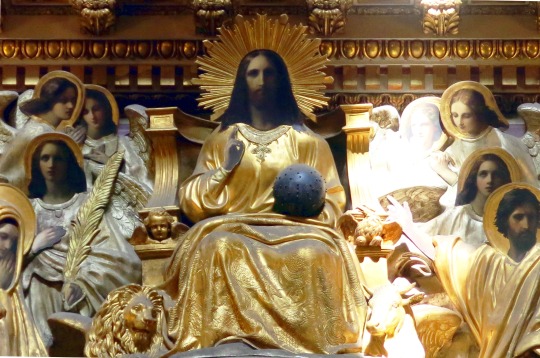
"Although I have completely subjected myself to sin and am unworthy of heaven, of earth and of this passing life, even though I am a slave to delights and have disgraced Your image, yet I still do not lose hope in salvation, wretched as I am, for You have made and fashioned me. I place my hope in Your boundless mercy and approach You."
~St. Basil
(Photo © dramoor 2014, Church of Our Savior on Spilled Blood, St. Petersburg, Russia)
#Orthodox Christian#Lord Jesus Christ#prayer#saints#St. Basil#Christian art#architecture#churches#travel#photography#photographers on tumblr#hope of salvation#God's mercy#St. Petersburg Russia#Church of Our Savior on Spilled Blood
84 notes
·
View notes